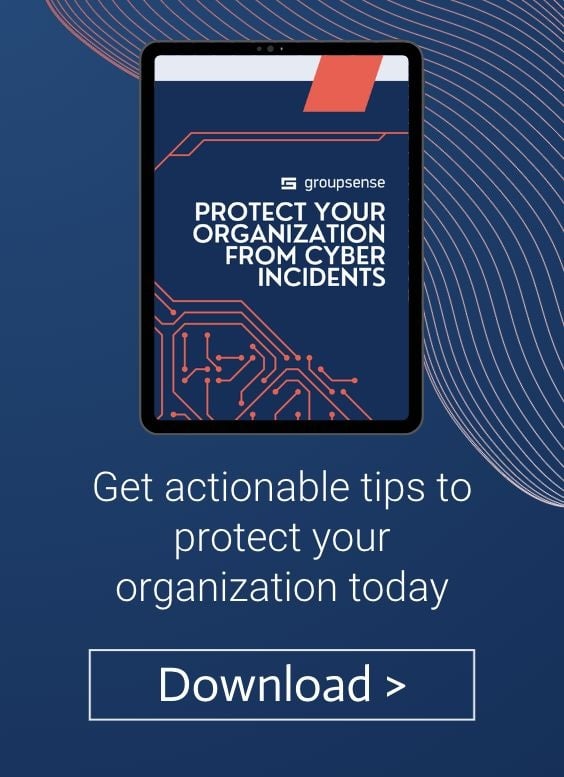Elections are a fundamental pillar of our democracy, ensuring that the voice of the people is heard and counted. However, in today's digital age, the integrity of elections can be compromised by cyber threats. Understanding and addressing election cybersecurity risks is crucial in safeguarding the democratic process. In this article, we will explore the evolving threats to election security, examine historical examples of election-related cyber attacks, underscore the importance of proactive cybersecurity measures, and assess the potential impact of election hacking.
- Overview of election threats
- Recent election-related attacks
- Proactive cybersecurity measures
- Potential impacts
- Conclusion
Overview of the evolving threats to election security
With the increasing reliance on technology in electoral processes, election security faces significant challenges from various cyber threats. Hackers, foreign adversaries, and even hacktivist groups can exploit vulnerabilities in voting systems, databases, and communication networks to compromise the integrity of elections. In recent years, we have witnessed a surge in attacks targeting election infrastructure, voter registration systems, and political campaign networks. These threats necessitate a comprehensive understanding of the risks at hand.
One of the primary concerns is the manipulation of voting machines and the potential for tampering with the results. Malicious actors can exploit vulnerabilities in the software or gain physical access to the machines to alter votes or disrupt the voting process. As voting machines become increasingly networked, the risk of remote attacks also rises, potentially allowing adversaries to compromise multiple machines or even entire systems.
Furthermore, the threat landscape extends beyond direct attacks on voting machines. Cybercriminals can target voter registration systems, which contain sensitive information such as personal details, addresses, and political affiliations. By compromising these systems, attackers can manipulate voter data, leading to confusion, disenfranchisement, or even the casting of fraudulent votes.
Political campaign networks are also vulnerable targets for cyber threats. These networks store a wealth of valuable information, including campaign strategies, donor lists, and communication records. A breach in these networks can not only compromise the privacy and security of campaign staff but also provide adversaries with valuable insights into a candidate's plans and strategies. This information can be weaponized to manipulate public opinion or disrupt campaign activities.
Another emerging concern is the spread of disinformation and fake news. In the digital age, social media platforms and online news outlets have become powerful tools for shaping public opinion. Malicious actors can exploit these platforms to spread false information, sow discord, and undermine trust in the electoral process. By leveraging sophisticated techniques such as deepfakes and bot networks, adversaries can amplify their messages and manipulate public perception, potentially influencing election outcomes.
As technology continues to advance, so do the tactics and capabilities of those seeking to undermine election security. The rise of blockchain technology has been touted as a potential solution to enhance the integrity and transparency of voting systems. By leveraging decentralized networks and cryptographic algorithms, blockchain can provide a tamper-proof and auditable record of votes. However, implementing such systems on a large scale poses its own challenges, including voter privacy, accessibility, and the need for widespread adoption.
In conclusion, safeguarding election security in the face of evolving threats requires a multi-faceted approach. It involves not only securing voting machines and systems but also protecting voter registration databases, campaign networks, and combating disinformation campaigns. The collaboration between government agencies, cybersecurity experts, and technology vendors is crucial in developing robust defenses and ensuring the integrity of democratic processes.
Recent historical examples of election-related cyberattacks
The severity of election cybersecurity risks can be comprehended by examining several notable incidents from recent history. In the 2016 United States presidential election, there was clear evidence of foreign interference through targeted hacking and disinformation campaigns. Russian actors, suspected to be linked to the Russian government, infiltrated electoral infrastructure and disseminated misinformation to influence public opinion. This incident underscored the importance of robust cybersecurity measures to uphold electoral integrity.
Other countries have also faced their share of cyber threats in elections. Ukraine, for instance, experienced multiple attacks on its electoral infrastructure in 2014 and 2019. These attacks disrupted the voting process, undermined public trust, and exemplified the vulnerabilities present within election systems worldwide. The lessons learned from these incidents highlight the urgent need for proactive cybersecurity measures.
The importance of proactive cybersecurity measures
Addressing election cybersecurity risks requires a proactive approach that encompasses defense, detection, and response strategies. Governments, election officials, and technology vendors must collaborate to develop and implement robust security protocols throughout the entire election process.
One crucial aspect is securing the voter registration systems. By ensuring the integrity and confidentiality of voter databases, the risk of impersonation and tampering with voter records can be mitigated. Implementing multifactor authentication and regular vulnerability assessments can help to bolster security and reduce the chances of unauthorized access.
Another vital aspect is the security of voting machines. Regular software updates, rigorous testing, and rigorous physical security measures can go a long way in safeguarding these machines from potential attacks. Furthermore, employing end-to-end encryption and verifiable paper trails can enhance transparency and trust in the electoral process.
Assessing the Potential Impact of Election Hacking
Despite efforts to secure election infrastructure, the potential impact of successful election hacking remains a significant concern. A compromised election not only undermines public confidence in the democratic system but also raises questions about the legitimacy of the elected representatives.
In addition to the direct consequences of altered vote tallies, the mere perception of compromised elections can have far-reaching implications. It can lead to skepticism, division, and decreased trust in democratic institutions. Such consequences can erode the very foundations of our democracy and hinder the peaceful transition of power.
It is crucial, therefore, to continue investing in research, technology, and training to maintain robust election security. Collaboration between cybersecurity experts, election officials, and governments is essential to stay one step ahead of cyber threats and ensure the integrity of future elections.
In Conclusion
Election cybersecurity risks are a growing threat that demands our full attention. By acknowledging the evolving threats, learning from historical incidents, implementing proactive cybersecurity measures, and considering the potential impact of successful hacks, we can better protect the democratic process. Preserving the integrity of elections is paramount in upholding citizen trust, maintaining public confidence, and safeguarding the cornerstone of our democracy. Let us stand united in the face of this evolving threat and ensure that future elections remain secure, fair, and transparent.








